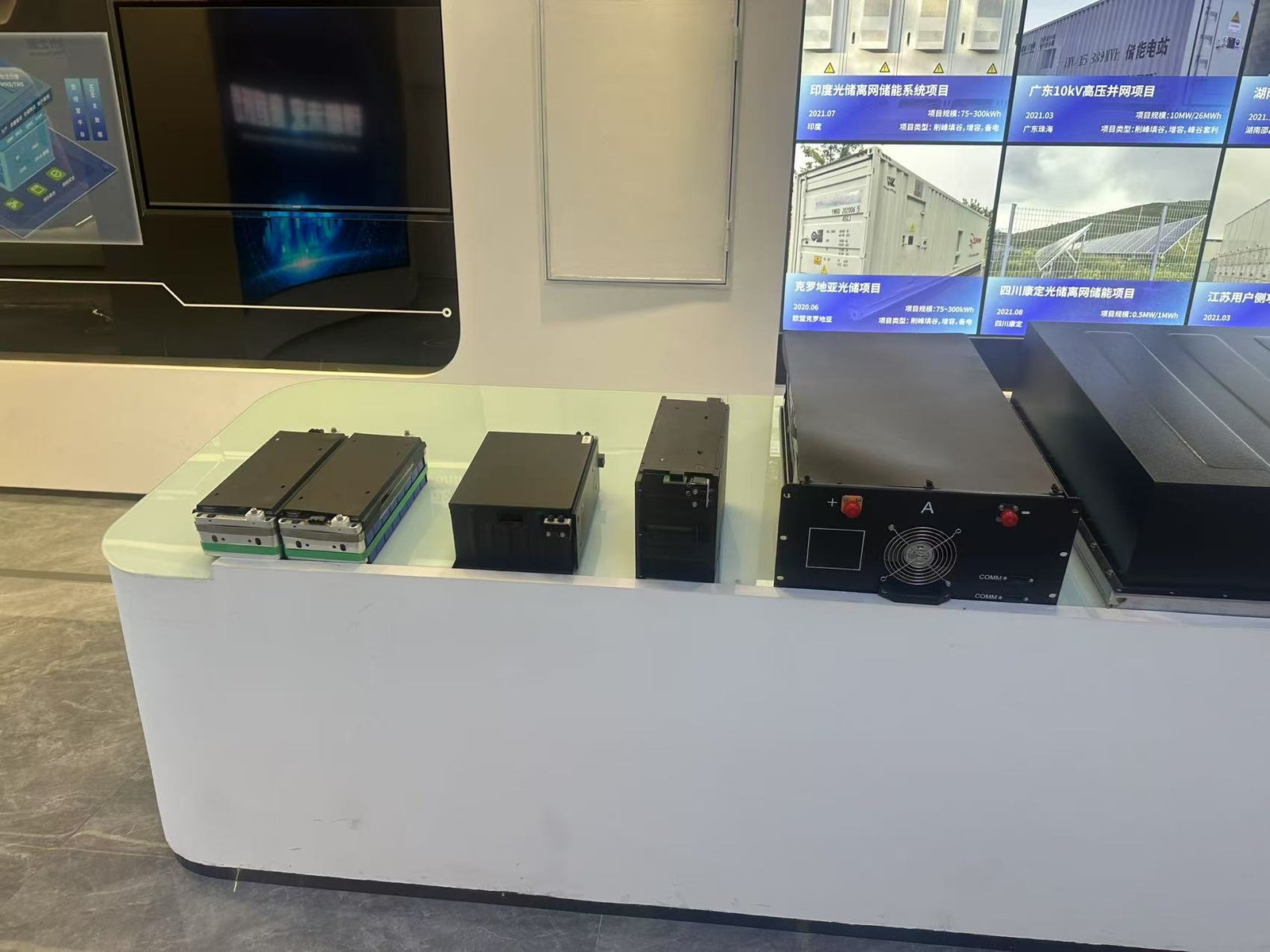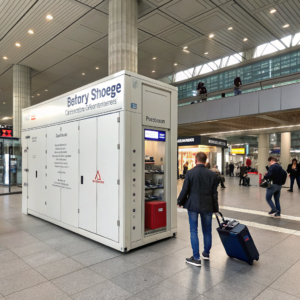How to Tell If Your Solar Panels Are Working Properly?
•
How to Tell If Your Solar Panels Are Working Properly?
Are you getting the most out of your solar investment? Spotting performance issues early can save you thousands in lost energy production and repair costs.
You can verify solar panel functionality by monitoring daily kWh output, checking inverter status lights, and inspecting for physical damage - typically producing 70-90% of rated capacity in ideal conditions.
Don't wait for your electricity bill to reveal underperforming panels. These practical verification methods will help you identify issues before they impact your energy savings.
Monitoring Output: How to Interpret the Data?
Is your solar production lower than expected? Understanding your system's performance data is the first step to diagnosing potential problems.
Compare your solar monitoring data to historical averages and expected outputs - a 15-20% drop typically indicates an issue needing professional inspection.
Decoding Your Solar Production Data
-
Key Metrics to Track
- Daily kWh production
- Peak kW output
- Performance ratio (actual vs expected)
-
Normal Output Ranges System Size Average Daily Production 5kW 20-25 kWh (summer) 10kW 40-50 kWh (summer) 15kW 60-75 kWh (summer) -
When to Worry
- Consistent underperformance across multiple sunny days
- Sudden drops in production without weather changes
- Zero output when inverter shows normal operation
Pro Tip: Many monitoring systems allow you to set up alerts for unusual production drops.
What Do Inverter Lights and Error Codes Really Mean?
Why is your inverter blinking red? Those lights and codes are your solar system's way of communicating problems that need attention.
Green lights indicate normal operation, while amber/red signals or error codes typically mean faults ranging from minor grid issues to serious system failures requiring shutdown.
Common Inverter Indicators and Solutions
-
Status Light Guide Color Pattern Meaning Green Solid Normal operation Amber Flashing Minor fault Red Solid Critical fault -
Frequent Error Codes
- Error 501: Grid voltage too high/low
- Error 203: Isolation fault (potential safety issue)
- Error 402: Communication failure
-
Troubleshooting Steps
- Check manufacturer's manual for specific codes
- Note any recent weather events
- Document when issue first appeared
- Contact installer if problem persists >24 hours
Safety First: Never attempt to repair inverter issues yourself - always consult a qualified technician.
Troubleshooting Common Issues: Dirt, Loose Wires, Shading
Why did your solar output drop 30% overnight? Often, simple issues like shading or debris cause significant performance losses.
Regular panel cleaning, vegetation trimming, and connection checks can resolve 60% of common solar performance issues without professional help.
DIY Fixes vs Professional Repairs
-
Common Problems You Can Fix
- Surface dirt/dust (gentle cleaning with soft brush)
- Minor shading from new tree growth
- Loose conduit connections (if comfortable with electrical work)
-
Issues Requiring Professionals
- Microinverter failures
- Roof penetration leaks
- Major shading requiring system redesign
-
Seasonal Maintenance Checklist
- Spring: Post-winter debris removal
- Summer: Check for overheating components
- Fall: Clear falling leaves
- Winter: Remove heavy snow accumulation
Maintenance Tip: Schedule professional inspections every 2-3 years to catch hidden issues.
Conclusion
Regular monitoring, understanding warning signs, and basic maintenance will keep your solar system performing optimally - protecting your investment and energy savings for decades.





